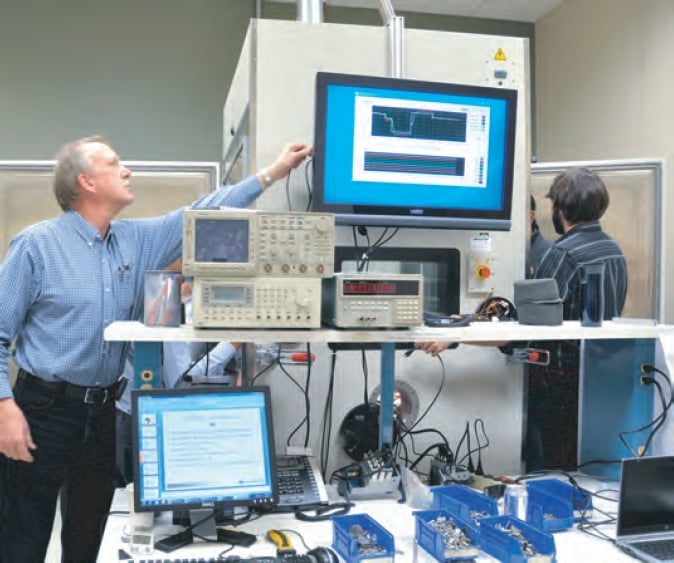HALT Stands For Highly Accelerated Life Testing
You might increase product reliability and customer confidence by using highly accelerated life testing.
Highly Accelerated Life Test allows you to evaluate the reliability and find manufacturing faults that might cause product failures in the field immediately (HALT).
The HALT approach uses many accelerated pressures to identify product faults early in the design and production phases, enhancing product dependability and consumer trust. To find manufacturing flaws that can result in product failures in the real world, it can also be employed throughout the production process.
The HALT method typically involves the steps of Cold Thermal Step Stress, Hot Thermal Step Stress, Rapid Thermal Shock Stress, Vibration Step Stress, and finally Combined Thermal and Vibration Stress.
To find any weaknesses and enhance the product's robustness and dependability, HALT testing is often carried out throughout the product design process. By pushing the product over its design parameters, it is possible to identify operational and destructive restrictions, and then decide how to increase these margins. Every flaw is a chance to improve the design or processes, which leads to quicker design cycles, greater reliability, and cheaper costs.
To evaluate the performance of finished parts, systems, and sub-parts, HALT test facilities are employed. To uncover hidden problems before a product is released to the market and save product development costs, engineers simulate real-world environmental testing and climatic test conditions. By keeping an eye on system performance during testing, testers may provide crucial information about structural vulnerability, thermal reactivity, useful life, and more.
HALT specialists are capable of writing custom HALT applications. Along with HALT, there are also complete turnkey solutions available, such as CAD test fixture designs, material procurement, and machining services.

